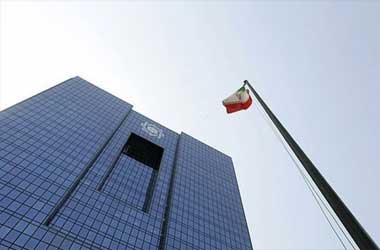 Citizens of those countries facing economic deterioration resort to the use of cryptocurrencies to offset the issues caused by the deteriorating domestic currency. Venezuela is a classic example of that scenario. In the middle-east, Iran faces a similar situation. The value of Iranian rial has depreciated by about 50% in the past nine months. Instead of trying to identify and resolve the problems faced by the economy, the Central Bank of Iran (CBI) has resorted to impose a ban on the use of Bitcoin and other cryptos.
Citizens of those countries facing economic deterioration resort to the use of cryptocurrencies to offset the issues caused by the deteriorating domestic currency. Venezuela is a classic example of that scenario. In the middle-east, Iran faces a similar situation. The value of Iranian rial has depreciated by about 50% in the past nine months. Instead of trying to identify and resolve the problems faced by the economy, the Central Bank of Iran (CBI) has resorted to impose a ban on the use of Bitcoin and other cryptos.
The decision to impose a ban on cryptocurrencies was made by the supreme committee of CBI, which is in charge of fighting against money laundering. The Central bank justified the ban by saying cryptocurrencies can be easily used for money laundering, terrorist funding, and other illegal activities.
However, imposing a ban on cryptocurrencies can be of little help in restoring the trust on Iranian rial, whose exchange rate against the greenback has fallen to 60,000 rials (per US dollar), from 36,000 rials nine months ago. The Central bank has also pegged the rial at 42,000 per US dollar. Most exchanges in Tehran and other parts of the country are shutting down or refusing to sell dollars, despite a patrol by police to enforce the peg.
Cryptocurrencies became popular among Iranians following the victory of Donald Trump in the US election. Iranians feared that Trump may reinstate sanctions against the country.
The Iranian government had been cautiously optimistic about cryptocurrencies in the past. Last November, the High Council for Cyberspace had opined that cryptocurrencies were beneficial to the economy, provided they were regulated.
However, on April 5, Hassan Firouzabadi, the secretary of Iran’s High Council for Cyberspace, took a U-turn and announced that the government was considering a ban on Telegram and cryptocurrencies as they were seen as a tool facilitating the protests against the authoritarian regime.

 United States
United States United Kingdom
United Kingdom















